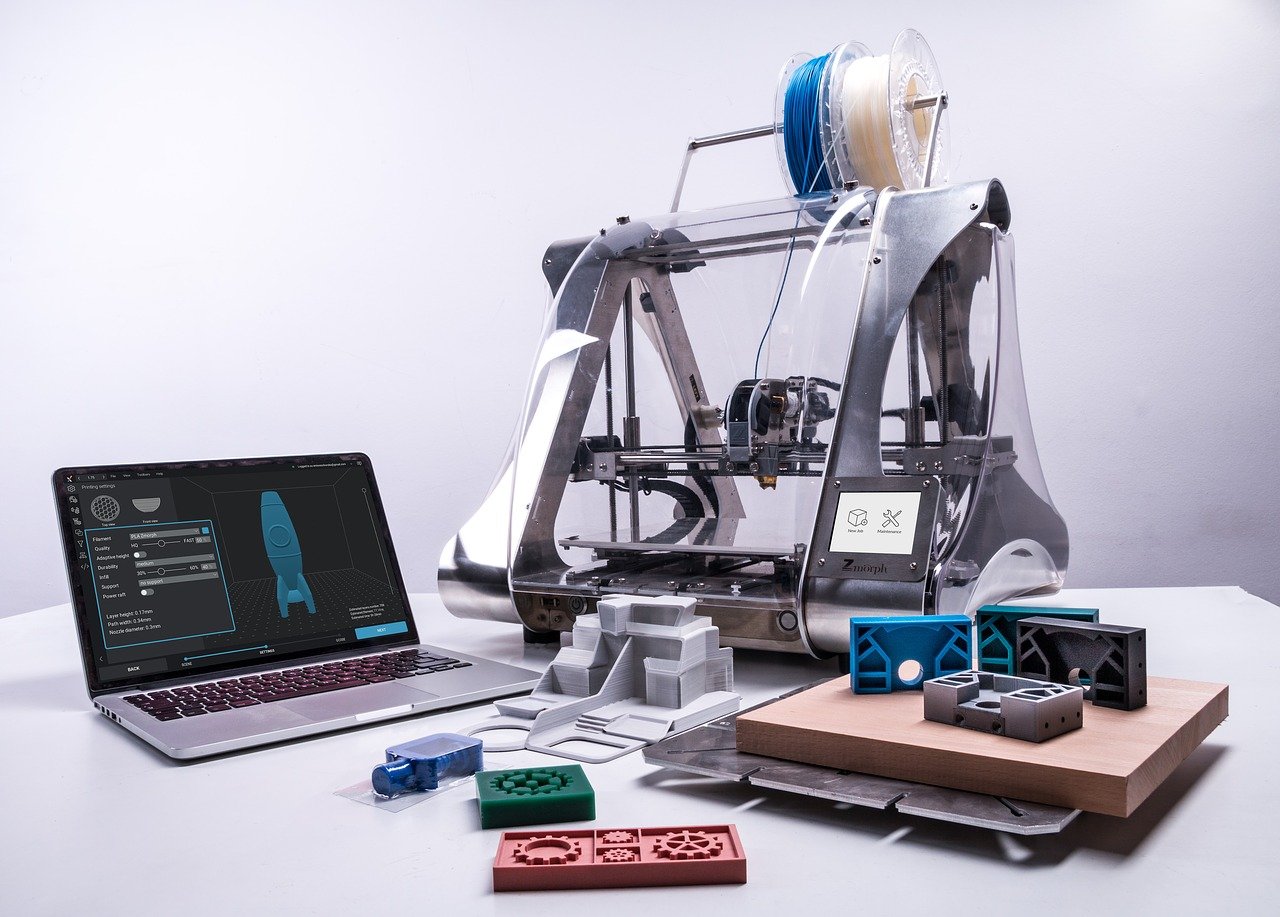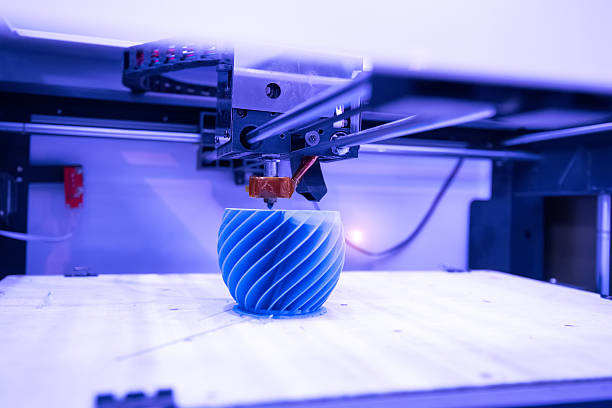Potential of 3D Printing in the manufacturing segment
The advancements are just bits of hindsight when looking at the fundamental objective of 3D printing: making items without restrictions, rapidly and with no problem at all.

The initial hype around the 3D printing industry had everybody accepting that they would have the option to print anything they desire in their own home. While this is valid, it isn't the place 3D printing sparkles. Try not to misunderstand me, 3D printing has changed the backyard engineering and quick prototyping universes, also proving supportive to space explorers on the ISS. These advancements are extremely just bits of hindsight when we take a look at the fundamental objective of 3D printing: making items without restrictions, rapidly and with no problem at all.
The Additive manufacturing industry
The center of 3D printing, also called Additive manufacturing, has been around for a long time, with progresses in technology powering each fragment's development. In the early years, no one had any idea 3D printing would alter any industry essentially because it was simply so costly. As costs dropped, be that as it may, the capacity for 3D printing to change the manufacturing business started to emerge.
We should concentrate on what manufacturing industry we are discussing here as there are extremely key contrasts. There is home manufacturing, done by specialists, backyard engineers, and creators; there is large scale manufacturing, utilized by organizations and industries. The impacts of 3D printing can be seen in both zones however in somewhat various manners.
Taking a gander at the individual and small scale manufacturing industry, 3D innovations have totally changed the field. At a cost that develops increasingly reasonable constantly, engineers can quickly model parts in hours. Usually, plastic filament like ABS or PLA is utilized in these small 3D printers, which addresses the issues of most small scale manufacturing.
The machines are not really that fast, yet they are productive, simple to use, and precise. As far as industry move overall, 3D printing has invaded pretty much every workshop over the world, gave the workspaces the financial advantage to procure a printer.
Large scale manufacturing
The other subset of manufacturing assumes a significantly more noteworthy job on the world’s economy and large scale engineering. As expenses have dropped for larger scale 3D printing machines, many manufacturing companies have started to produce items with different additive substance procedures. While there has been a shift of certain items being created through 3D printing, the more noteworthy effect lies in the capability of the technology.
Conventional creation methods depend on subtractive procedures that produce a great deal of scraps, which expands costs for manufacturing. 3D printing, then again, is an additive process, so just the material required for an item is utilized, considering more productivity and even accuracy.
There truly hasn't been an enormous shift in the manufacturing business towards 3D printing, yet the hypothesis behind the improvement of the technology represents an incredible potential to the business. 3D Printing technology isn't inadequate in pertinent instances of applied manufacturing, as there have already been 3D printed vehicles, houses, bolts, and so on. The main obstacle that shields 3D printing from being utilized every day for these outlets lies in the issues where more current technologies have: cost, speed, and design ability.
Change is as yet happening, and the potential for 3D printing to shift the manufacturing business to a completely adjustable practice is developing at a quick pace.








